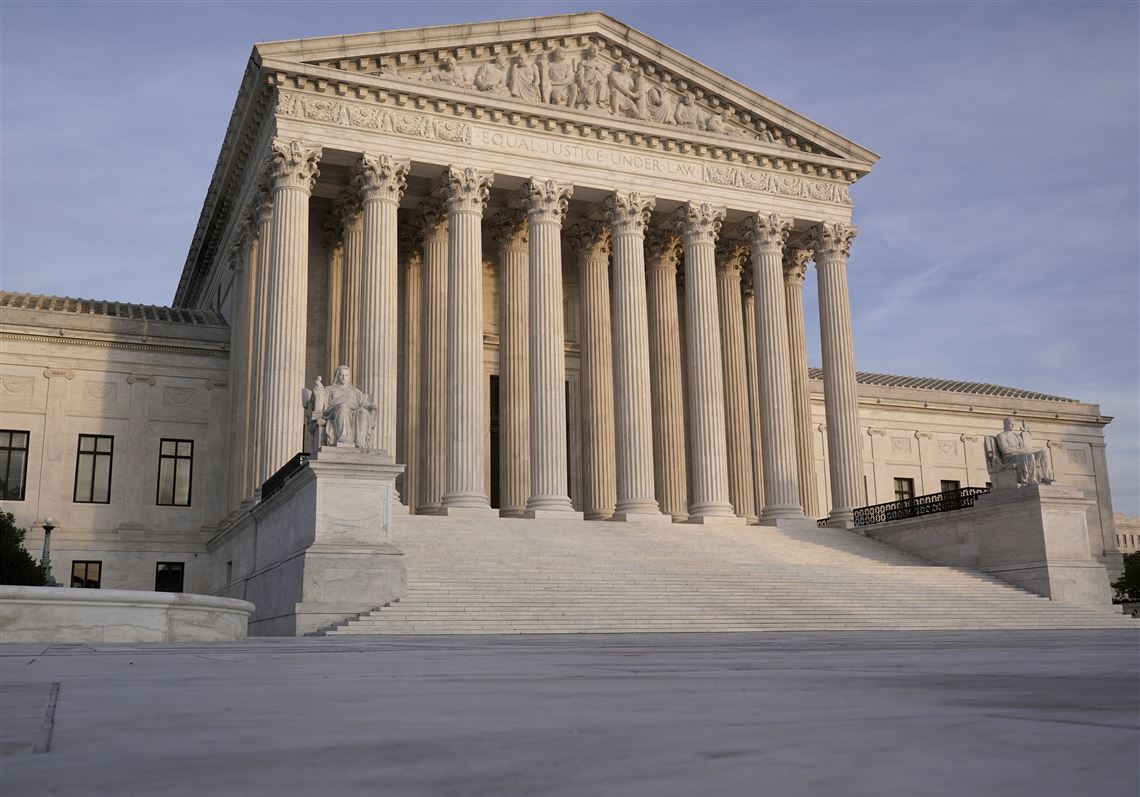On June 25, 2021, the Supreme Court in TransUnion v. Ramirez, held that, in order to be part of a class action and recover damages, class members must have suffered “concrete harm” to have standing under Article III of the Constitution.
This was the first time that the Supreme Court examined standing issues in the class action context since 2016, when it ruled in Spokeo v. Robbins, that mere statutory violations alone to the plaintiff, or class representative, are insufficient to establish Article III standing.
In Ramirez, a class of 8,185 individuals sued TransUnion, a credit reporting agency, under the Fair Credit Reporting Act. Ramirez alleged that TransUnion failed to use reasonable procedures to ensure the accuracy of their credit files when the credit reports of Ramirez and the 8,185 class members indicated that their names showed up on a “terrorist list.”
Of the 8,185 class members, the reports of only 1,853 members were transmitted to third parties. The remaining 6,332 reports were never disseminated to anyone else, and these individuals likely did not know of the error. Nonetheless, the Ninth Circuit held that all 8,185 class members had standing.
In reversing the Ninth Circuit, the Supreme Court first examined whether the 1,853 class members whose reports were disseminated to third-parties had standing. The Court ruled that these individuals had standing because they “suffered a harm with a ‘close relationship’ to the harm associated with the tort of defamation.” Even if de minimis, the reputational harm sustained was sufficient enough to confer standing.
But “[t]he remaining 6,332 class members are a different story.” “The mere presence of an inaccuracy in an internal credit file, if it is not disclosed to a third party, causes no concrete harm.” In other words, if a tree falls in a forest and no one is there, it does not make a sound. Moreover, the Court ruled that the risk of future harm or that the inaccurate report may or will be disseminated later does not constitute a concrete injury. Therefore, the Court held that the vast majority of the class lacks standing.
The Ramirez decision is significant in that the ruling limits the potential exposure that a business may face as a defendant in a class action lawsuit, especially where the claim is one involving a technical violation of a statute and where the vast majority of class members are not aware of the violation until the suit is brought, which is often the case.

